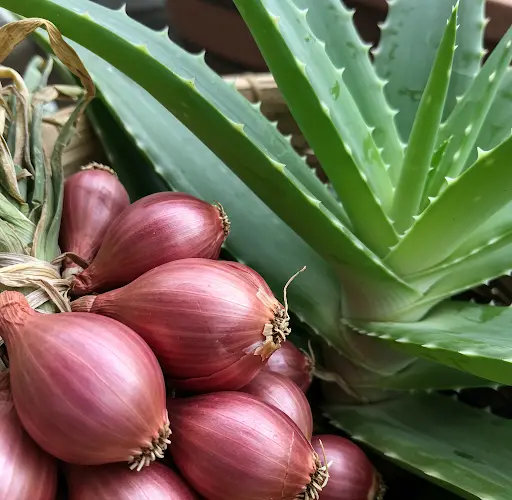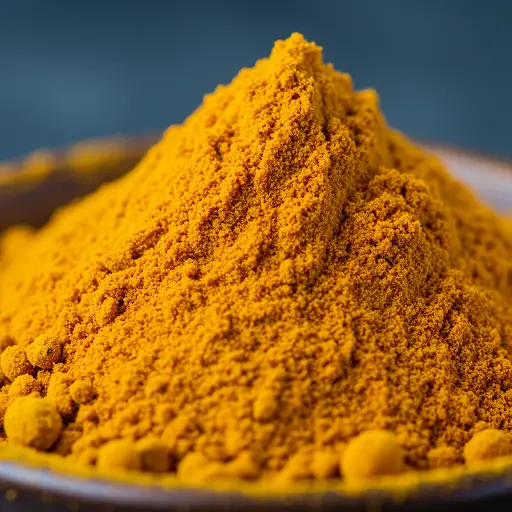How to Multiply Avocado Trees Naturally Using Aloe Vera and Shallots
Avocado trees are among the most popular fruit trees for home gardeners due to their nutritious fruit and beautiful evergreen foliage. While starting an avocado tree from seed is a common practice, propagating from cuttings is faster, more reliable, and ensures you preserve the characteristics of a mature, fruit-bearing tree.
This natural propagation method uses two powerful, organic ingredients—shallots and aloe vera—to stimulate root growth and improve cutting success rates. When combined with the proper growing medium and care, this approach helps you propagate multiple avocado trees efficiently and affordably.
Why Use Aloe Vera and Shallots?
Aloe vera is widely recognized for its healing and antibacterial properties, but it also plays a powerful role in plant propagation. Its gel contains essential enzymes, vitamins, and amino acids that not only protect cuttings from disease but also encourage healthy, rapid root development.
Shallots, like onions and garlic, are rich in natural growth hormones, especially auxins. These hormones are known to stimulate the production of new roots when applied to plant cuttings. The combination of aloe vera and shallots creates a potent, chemical-free rooting solution ideal for avocado propagation.
Materials You Will Need
-
Healthy avocado branches (preferably from a mature, productive tree)
-
1–2 shallots
-
One large, mature aloe vera leaf
-
Clean river sand or horticultural sand
-
Sharp pruning shears or a sterile knife
-
Small pots or a seedling tray
-
A spray bottle or watering can
-
A shaded area with indirect sunlight
Step 1: Selecting and Preparing the Avocado Cuttings
Choose a firm, woody branch from an established avocado tree. The cutting should be about 8–12 centimeters in length and free from disease or damage. Remove any leaves on the cutting to reduce water loss and increase the likelihood of root development.
Using sterilized pruning shears or a sharp knife, make a clean diagonal cut at the base. This angled cut increases the surface area for absorbing rooting hormones and water.
Step 2: Applying Shallot Extract
Peel and crush 1–2 shallots to extract their juice. This can be done using a mortar and pestle, a grater, or a blender with a small amount of water. Strain the mixture if necessary to remove solid pieces.
Dip the base of each avocado cutting into the shallot juice, ensuring the cut surface is thoroughly coated. Let the cutting sit for about 10–15 minutes to absorb the natural hormones, which will help trigger the rooting process.
Step 3: Using Aloe Vera Gel
Take a large, mature aloe vera leaf and slice it open to extract the gel. Aloe vera gel is thick and sticky, which makes it ideal for staying on the surface of the cutting while also hydrating and protecting it.
Apply the gel directly onto the base of the cutting, covering the area treated with shallot juice. The gel helps seal in moisture and offers natural protection from fungal and bacterial infections.
Step 4: Preparing the Planting Medium
Use clean river sand or horticultural sand as your planting medium. Sand is perfect for propagating cuttings because it drains well and allows for good airflow, both of which are essential for root formation.
Fill your pots or seedling tray with the moist sand and insert each cutting so that about half of its length is buried. Firm the sand gently around the base to support the cutting and keep it upright.
Step 5: Placement and Watering
Place the pots in a shaded area with indirect sunlight. Bright, indirect light is ideal for encouraging root development without drying out the cuttings.
Water the cuttings twice a day—once in the morning and once in the late afternoon. Use a spray bottle or gentle watering can to keep the sand moist, not waterlogged. Proper watering is crucial during the early stages of rooting.
Step 6: Observing Progress
After approximately 30 days, check on the progress of your cuttings. Gently lift one to examine the base. If the propagation method has been successful, you will see white, fibrous roots growing from the treated area. This indicates that the cutting has taken root and is ready to be moved to nutrient-rich soil.
The cuttings may also begin to sprout new leaves, another clear sign that the plant is healthy and adapting well to its new environment.
Final Steps and Care
Once roots are well established, transplant the young avocado trees into larger pots filled with a balanced soil mix. Continue to keep them in a semi-shaded area for a few more weeks before transitioning them to full sun. Water regularly and care for them as you would with any young fruit tree.
Conclusion
This natural method of propagating avocado trees using shallots and aloe vera offers an effective, eco-friendly alternative to commercial rooting hormones. It’s simple, cost-effective, and yields strong, healthy young trees within just a month.
With patience, proper care, and the right conditions, you can successfully multiply avocado trees at home—giving you the satisfaction of growing your own trees and eventually enjoying your own harvest.



